Spring is rushing in. I hope you enjoy my tips from Homeacres, and a look at what we are up to. The featured photo is morning of 16th March, the lettuce cover briefly removed
We have started an offer of weekly advice for £5/month, emailed to your inbox every Friday. It’s free for schools, community gardens and allotment groups. The response has been very positive: do take a look, with a ‘free’ first week.
‘The newsletter was excellent and I will be recommending it to all my gardening friends’ – Ann Donnelly
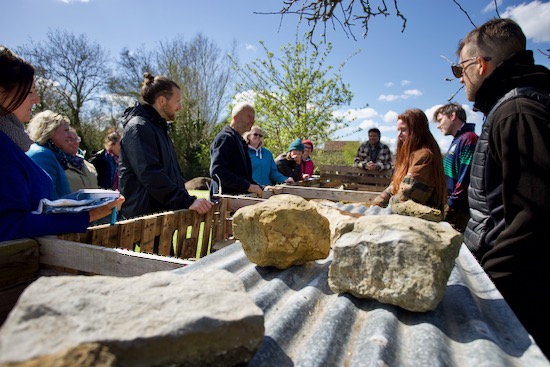
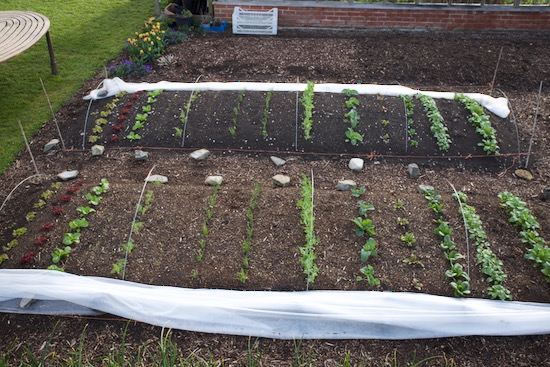
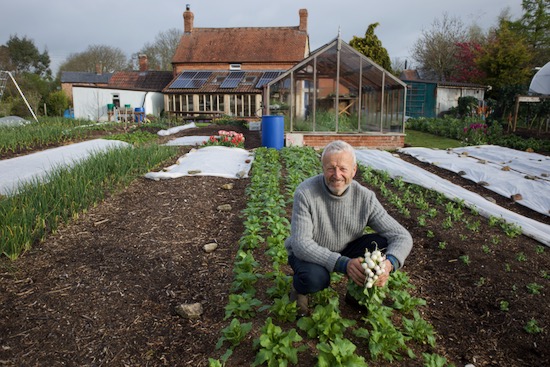
Sowing
Now if not done already is top time for planting potatoes. You can cut them in pieces as long as there is one eye or shoot or chit – all are the same name for one potential plant. I often am planting with 2-4.
Leeks and chard and basil are in season to sow. Leeks, soon! T
And cucurbits. They need as much warmth as you can find, to help with germination, especially if seeds are not as fresh as one might hope. Even packets of seeds you have recently bought may contain older and less powerful seed.
The new CD30 and CD15 are growing nice plants and are proving popular, see more in this video.

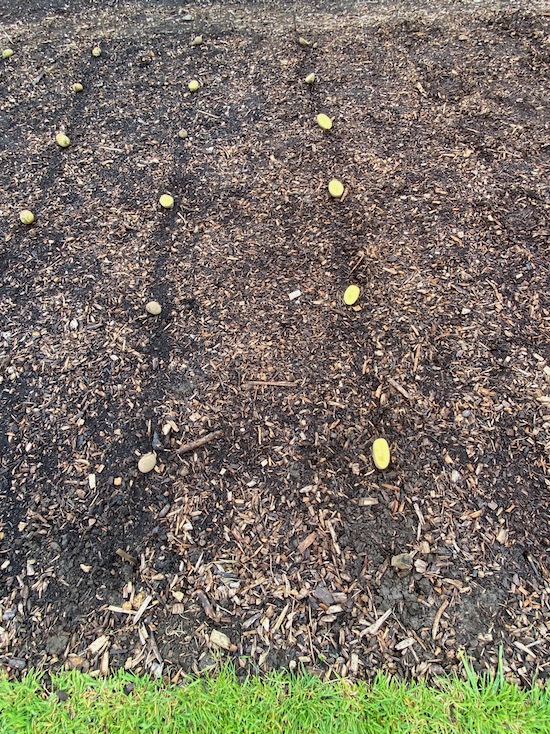

New plantings using covers
My growing method for early spring is to start sowing under cover in late winter and this year that has really paid off. Because I’m noticing now that there are quite a few little slugs and a risk of damage, compared to earlier transplanting. However it’s not always straightforward and that’s why we use covers a lot, see video from April last year. I still don’t know of any non-plastic covers but at least these ones last for many years.
Sometimes we support them, sometimes not, the photos give you an idea. Radish with the carrots help to push up the fleece, see my Skills book which has a chapter about using covers.
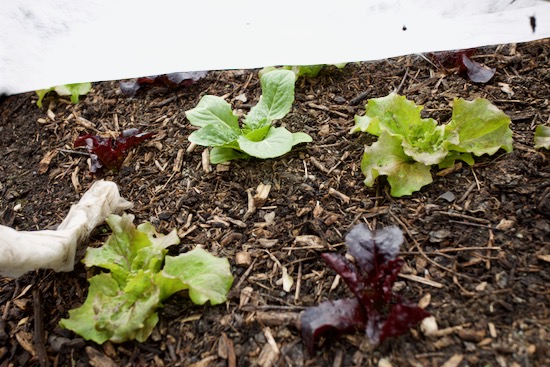
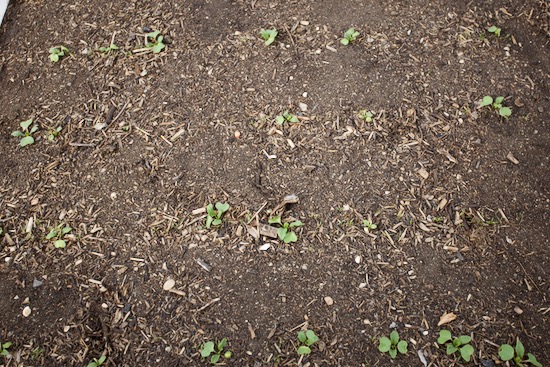
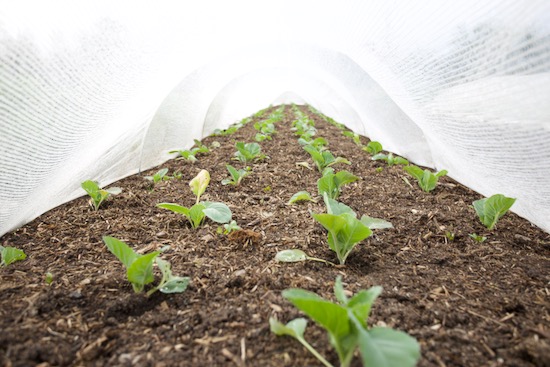


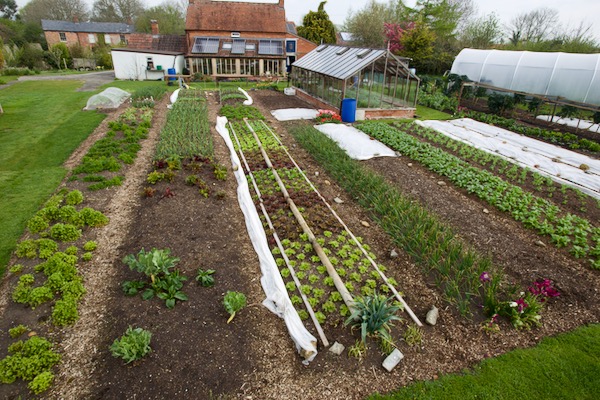
Few weeds no dig
The photo is Anna in her soon-to-be new garden where she is mulching on top of grass. Follow her in the weekly when what how.
See my new video on needing less time and energy with suitable tools.
In January we covered some very strong pasture growth with black plastic, plus some compost on the grass so the plastic is always on top, never buried. It’s an easy and quick way to diminish strong weeds before planting. In this case we shall even plant potatoes and winter squash through the plastic, which will save time dealing with bindweed.

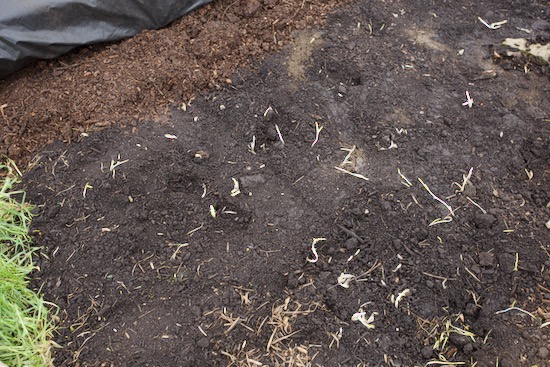

Propagation
I hope that you are enjoying success with raising plants. Every year one learns a little bit more, and I’m always trialling new things. We’ve come through the most difficult time: from now on, new seedlings should grow much stronger and faster.
Be ready with some fleece, if you’re raising warmth loving plants in a greenhouse and there is a cold night forecast. This applies to tomatoes, cucumbers, aubergine, squash, melon, basil and sweetcorn. Lay it from evening until morning only.
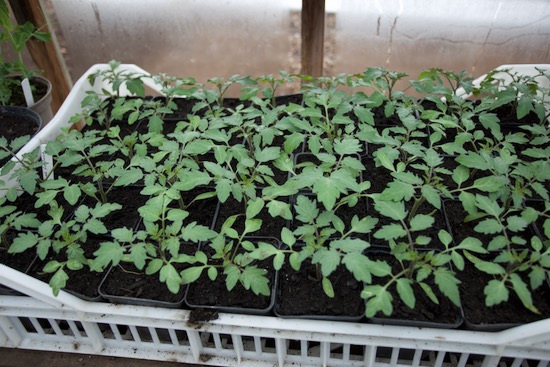
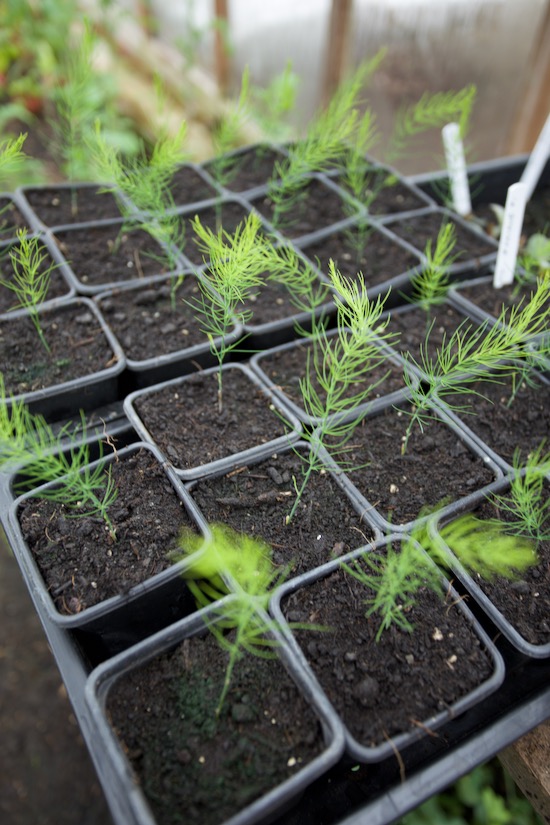

Spring delicacies
We’re enjoying some lovely spring cabbage, from a sowing in late August and transplanting late September, after summer beans. Make notes in your or my diary for these kinds of vegetables which are such a bonus in the spring.
The broccoli on the other hand was sown last June. And now we have just planted some asparagus crowns, in shallow holes rather than trench-and-ridge.

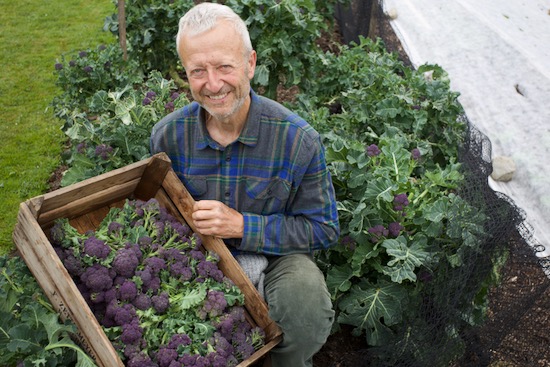
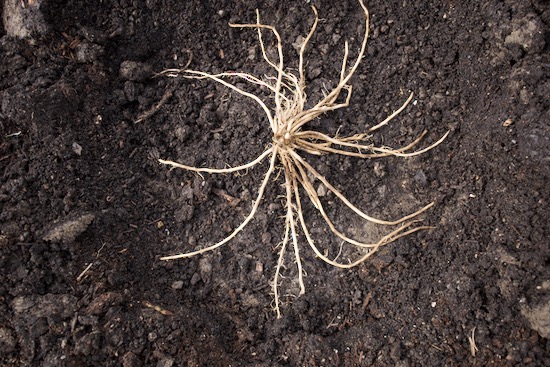
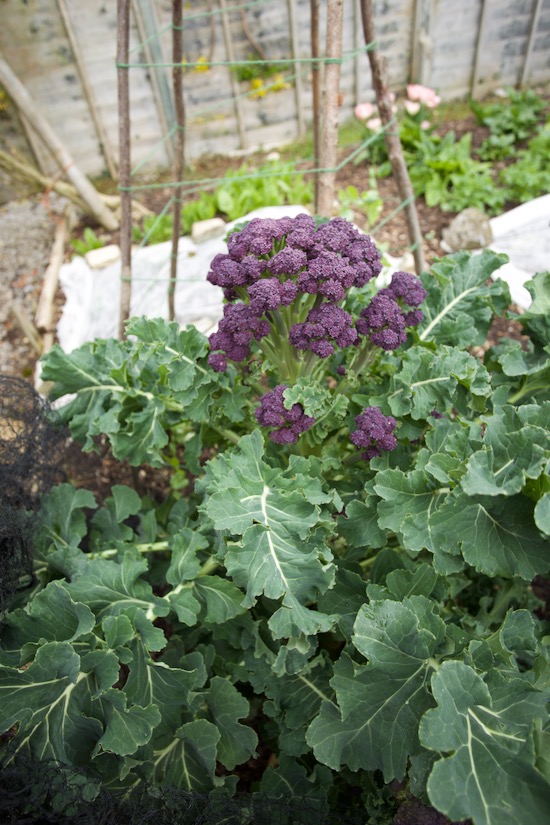

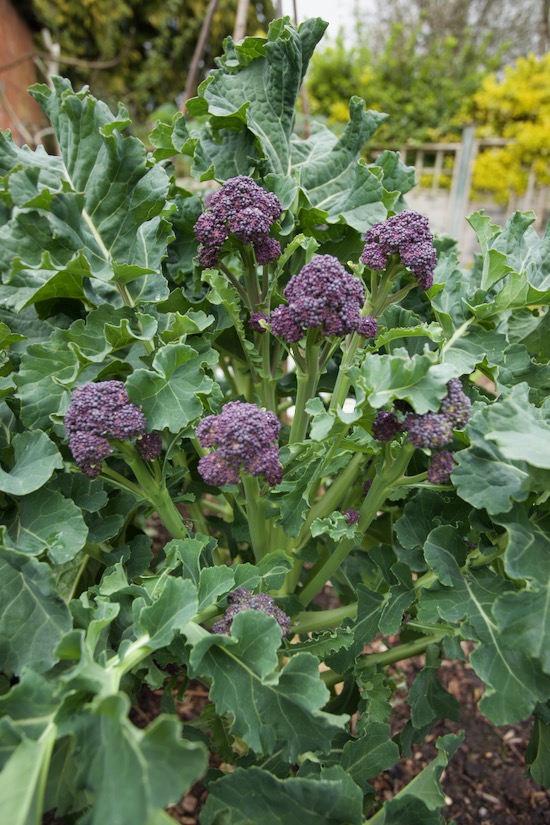
Stored vegetables
When you grow your own lovely healthy vegetables, they store far better than anything you buy. Just look at the quality of these carrots which we harvested in December and the potatoes harvested last July. They taste so good, and are super welcome now.
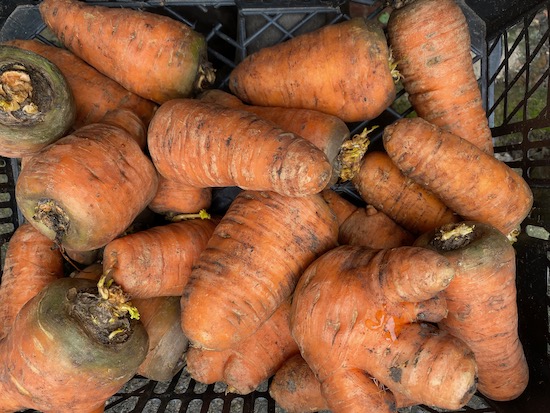
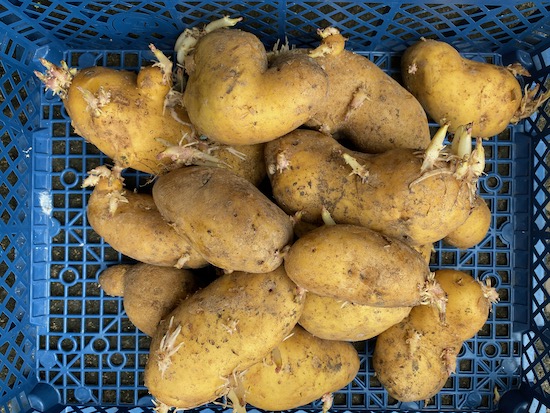
Frost damage
Just a heads up on what can happen. My broad beans are quite tall and the frost of -5 C 23 Fahrenheit has slightly damaged some of the stems so they’re not standing up well. The other damage is where frozen fleece touches any leaves, and this can happen with potatoes as well, if there is a late frost. Support the fleece if you can. Even then, they may be singed if it’s -3C or lower. It’s why I plant most potatoes in April rather than March.

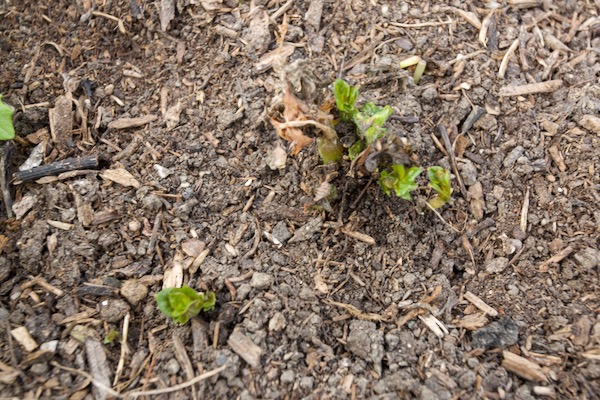
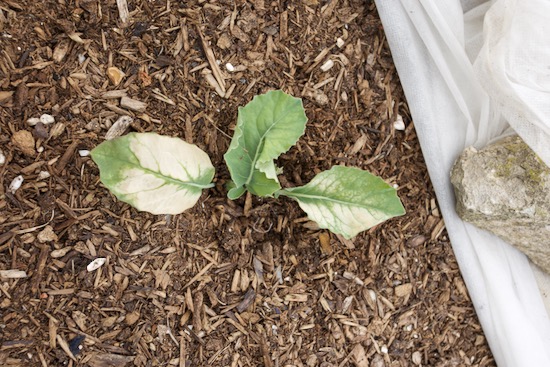
Pest damage
Adam was removing bindweed from the bed of onion transplants and wondered why there were so few plants! Then he found wireworms, clustered around many of the roots. Quite small ones, and I’m with puzzled that they seem to be only in this one bed.
I hope that you do not encounter pyralid damage from compost. See my video for details. Classic symptoms are curling inwards of new topmost leaves, on beans, potatoes, tomatoes and peas above all.











































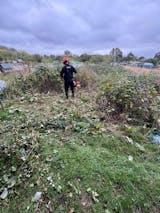
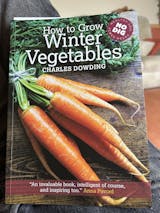


0 comments